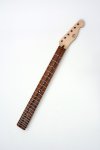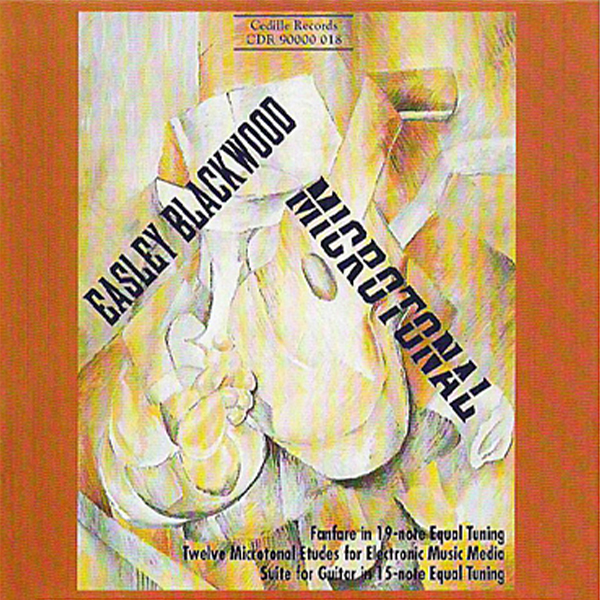Throughout this post, I've been a strong defender of atonality, polytonality, dissonance, complex time signature changes, key changes, innovative harmonic progressions, etc. - none of which follow pre-Modern conceptions of Classical music. Much of RUSH's works would not have been accepted as conceivably "musical" had not Mahler, Schoenberg, Berg, Stravinsky, Messiaen, Boulez, Berio, etc. done what they did. This is true of most of the "Progressive" rock bands since the '70's. Its also filtered its way into Movie and Video Game soundtracks, Jazz, Pop music, Rock, etc.I don't know this group, but it seems to be a rock band. I don't see any connection to Messiaen or other apologists of contemporary classical music. Or any other avant-garde approach.
And this brings to light a MUCH larger and more important point to those who have reacted negatively to the early Modernist examples of music posted to this thread - MUCH of the contemporary music that they like has, in fact, incorporated many of the musical explorations of the early Modernist which they claim to hate. They are just blindly unaware of the fact.
Edit: RUSH used a lot of MOOG gear.
Last edited:






